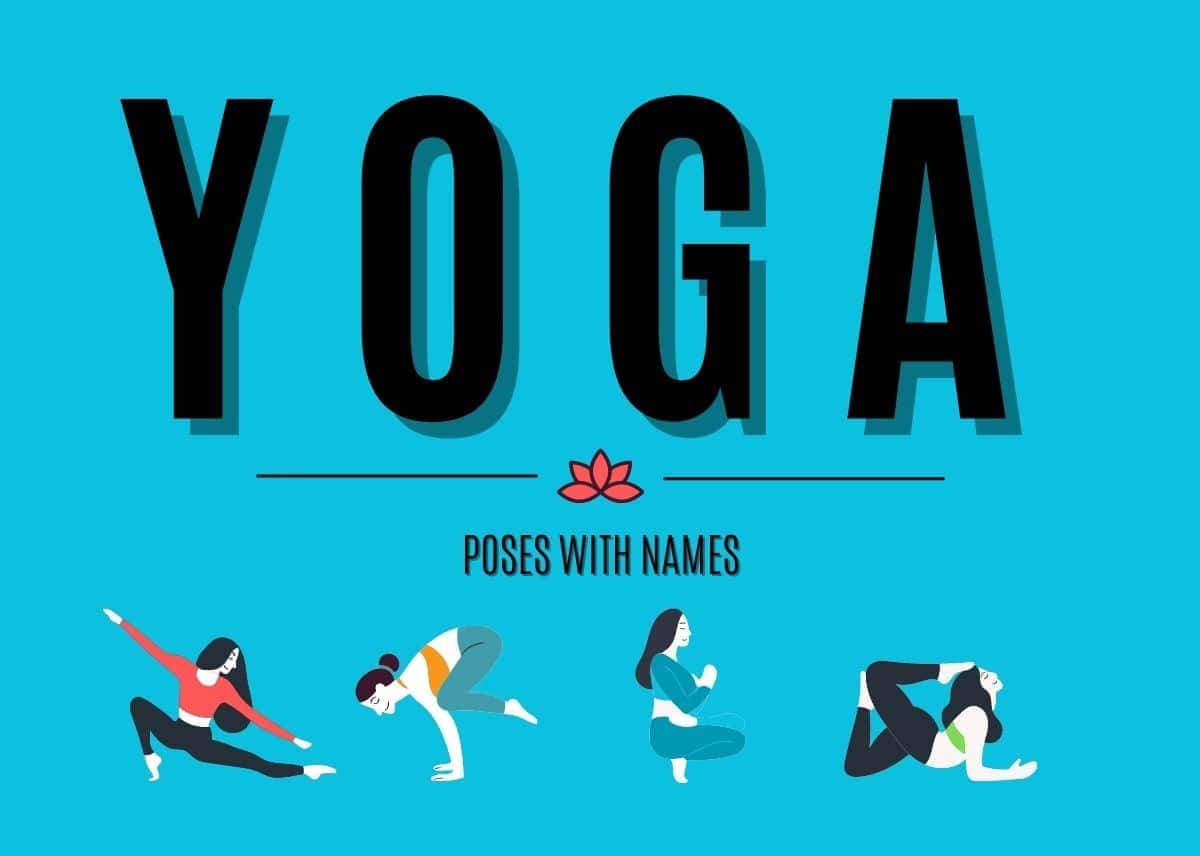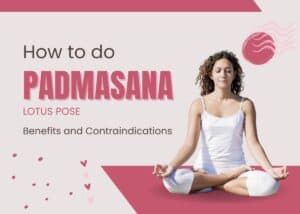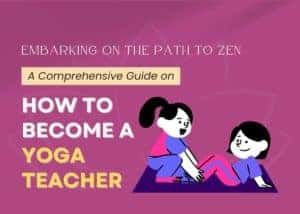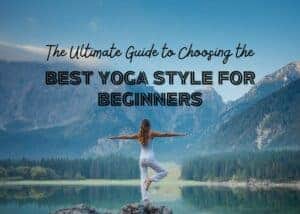Are you looking to incorporate yoga into your daily routine but don’t know where to start? The world of yoga poses can be vast and overwhelming, with numerous postures to choose from.
In this article, we will explore various yoga poses with names to help you deepen your practice, improve flexibility, and promote overall well-being.
From beginner-friendly asanas to more advanced postures, let’s dive into the wonderful world of yoga.
Table of Contents
Introduction to Yoga Poses
Yoga poses, also known as asanas, are physical postures performed in yoga practice. These poses are designed to promote strength, flexibility, balance, and relaxation. Each yoga pose offers unique benefits for the mind, body, and spirit. By incorporating a variety of poses into your yoga routine, you can target specific areas of the body, enhance focus, and achieve a sense of inner calm.
Benefits of Practicing Yoga
Before we delve into specific yoga poses, let’s explore the incredible benefits of incorporating yoga into your life:
- Improved Flexibility: Regular practice of yoga poses gradually increases your flexibility, making daily movements easier and reducing the risk of injuries.
- Increased Strength: Yoga poses engage various muscle groups, helping to build strength and tone your body.
- Enhanced Posture: Practicing yoga poses helps correct postural imbalances, promoting better alignment and reducing back and neck pain.
- Stress Relief: Yoga encourages relaxation and deep breathing, reducing stress levels and promoting a sense of calm and well-being.
- Better Breathing: Yoga incorporates deep breathing techniques that expand lung capacity and enhance oxygen intake, improving overall respiratory function.
- Mental Clarity: Through the combination of physical movement, breath control, and meditation, yoga enhances mental focus, concentration, and clarity.
- Increased Energy: Regular practice of yoga poses boosts circulation, improves energy flow, and revitalizes the body and mind.
- Mind-Body Connection: Yoga cultivates a harmonious connection between the mind, body, and spirit, promoting self-awareness and mindfulness.
Yoga Poses with Names
1. Standing Poses
1.1 Mountain Pose (Tadasana)
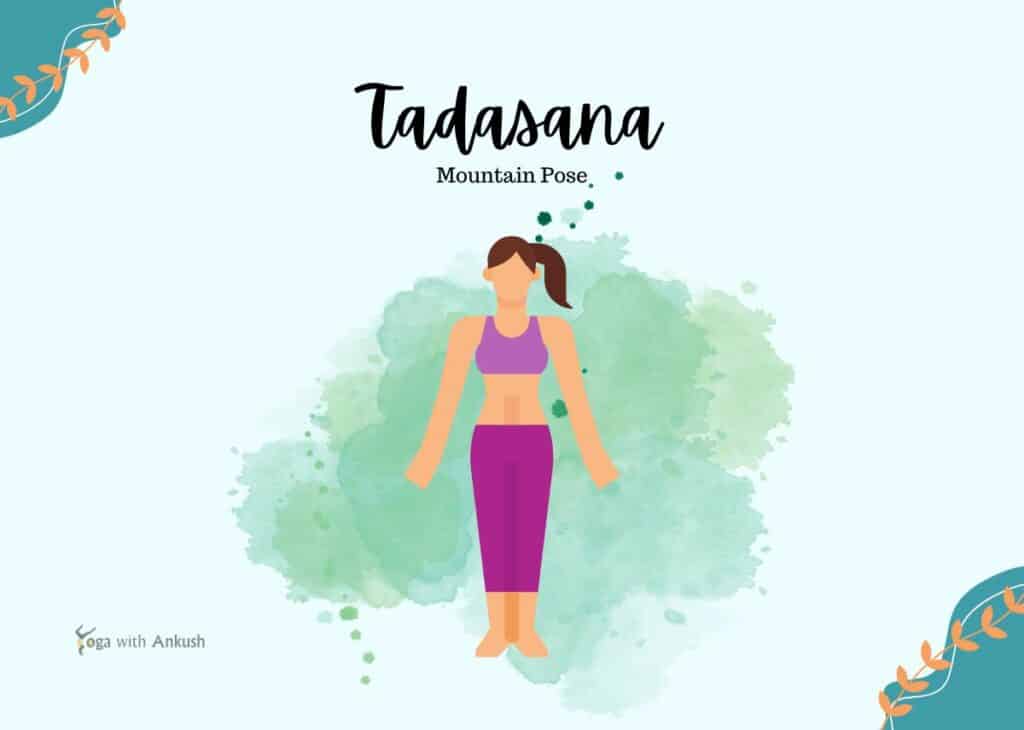
The Mountain Pose is a foundational yoga pose that establishes a strong and grounded posture. To perform this pose:
- Stand tall with your feet together or slightly apart.
- Engage your leg muscles and lengthen your spine.
- Relax your shoulders and extend your arms alongside your body.
- Breathe deeply, grounding yourself into the present moment.
1.2 Warrior I Pose (Virabhadrasana I)
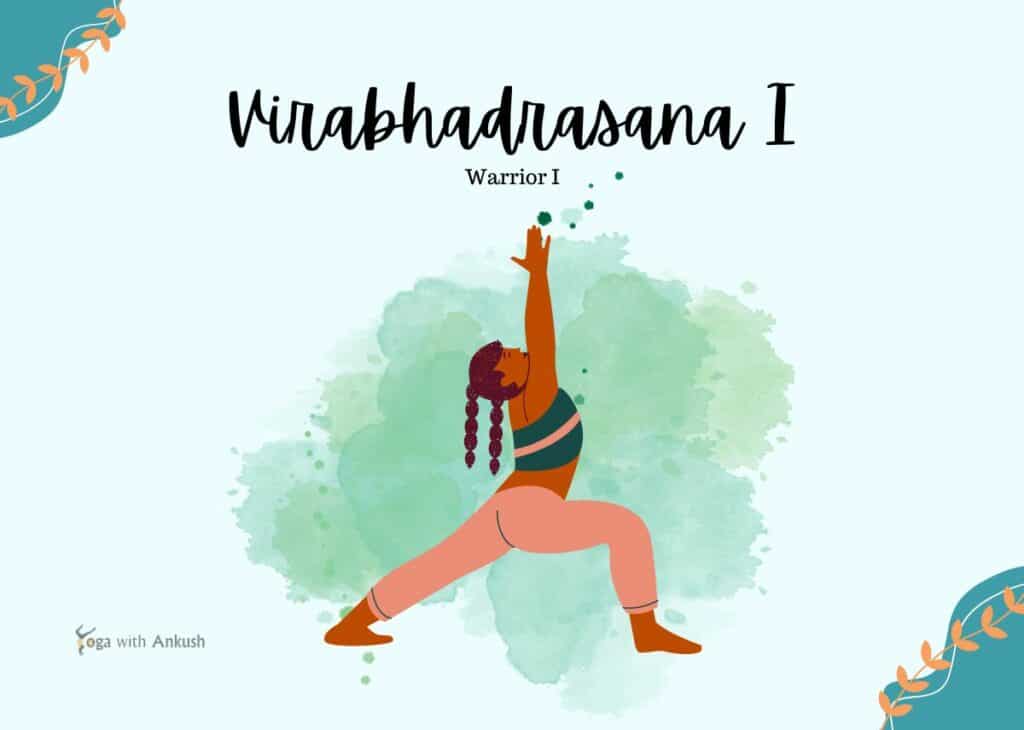
The Warrior I Pose builds strength and stability in the legs and core while opening the chest and shoulders. Here’s how to do it:
- Start in a standing position with your feet hip-width apart.
- Step your left foot back, keeping it at a 45-degree angle.
- Bend your right knee, ensuring it aligns with your ankle.
- Raise your arms overhead, palms facing each other.
- Hold the pose for several breaths and repeat on the other side.
1.3 Tree Pose (Vrikshasana)
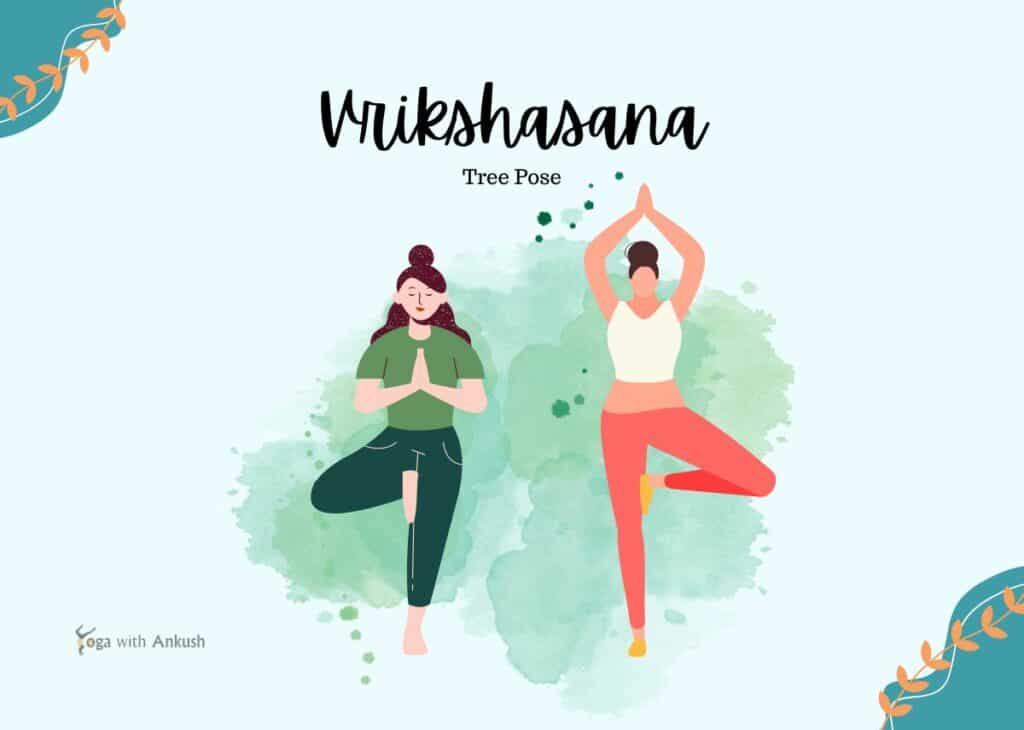
The Tree Pose improves balance, focus, and concentration. To practice this pose:
- Begin in a standing position with your feet hip-width apart.
- Shift your weight onto your left foot and lift your right foot.
- Place the sole of your right foot on your inner left thigh or calf, avoiding the knee joint.
- Bring your hands together at your heart center or extend them overhead.
- Find a focal point to help you maintain balance.
- Repeat on the other side.
2. Seated Poses
2.1 Easy Pose (Sukhasana)
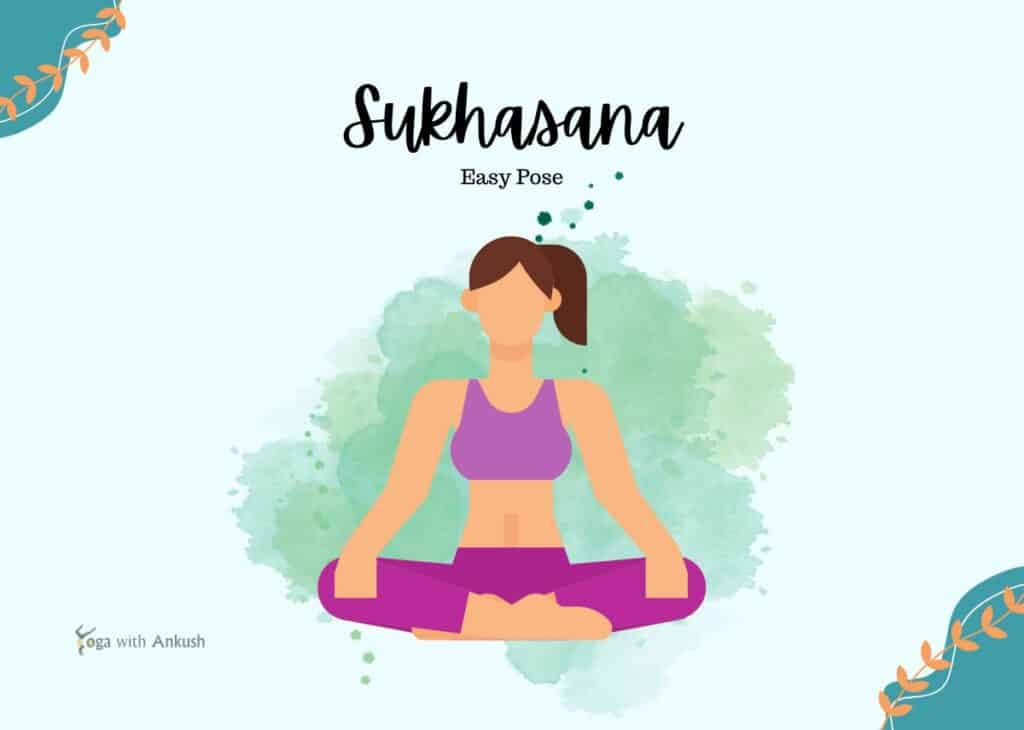
The Easy Pose is a comfortable seated position that promotes relaxation and meditation. Follow these steps:
- Sit on the floor with your legs crossed, placing each foot beneath the opposite knee.
- Rest your hands on your knees or in your lap.
- Lengthen your spine, relax your shoulders, and close your eyes.
- Breathe deeply, allowing your body to soften and release tension.
2.2 Lotus Pose (Padmasana)
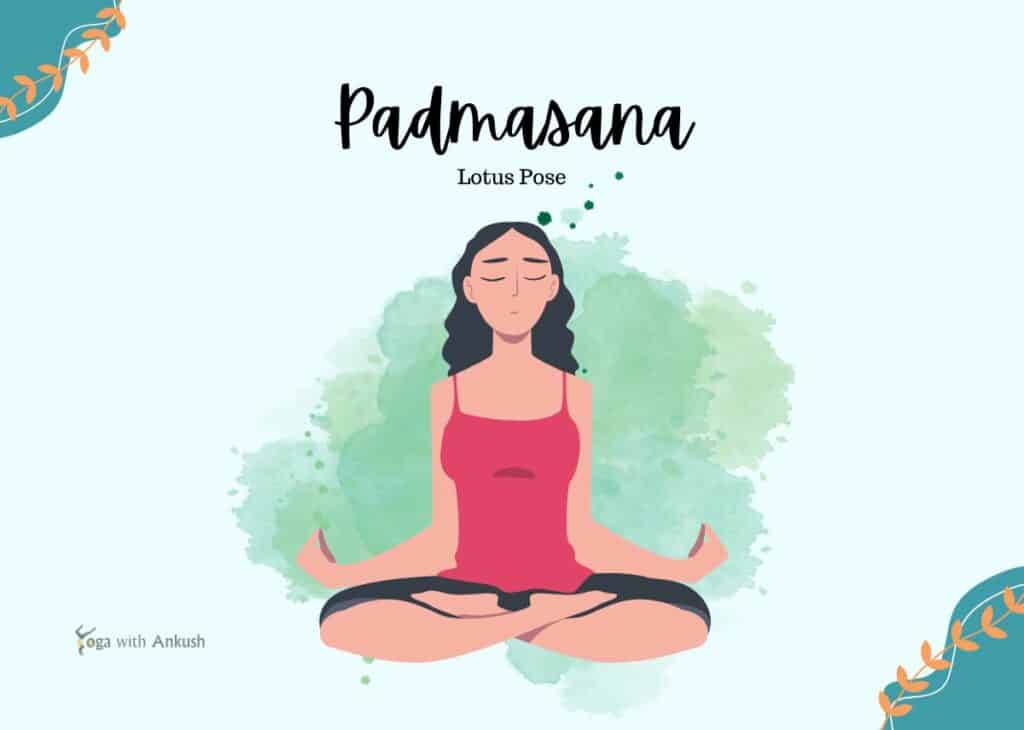
The Lotus Pose is a traditional seated pose for meditation and pranayama (breathing exercises). Here’s how to do it:
- Start in a seated position with your legs extended in front of you.
- Bend your right knee and bring your right foot onto your left thigh.
- Bend your left knee and bring your left foot onto your right thigh.
- Rest your hands on your knees or in your lap.
- Close your eyes, relax, and focus on your breath.
2.3 Bound Angle Pose (Baddha Konasana)
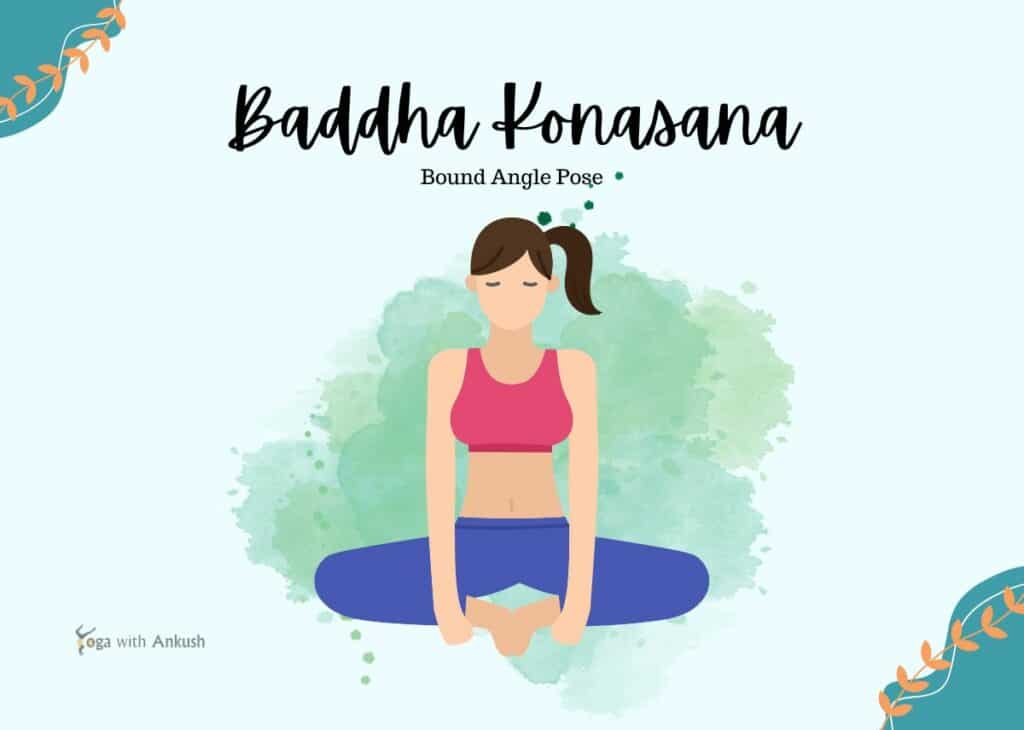
The Bound Angle Pose opens the hips and groin while stretching the inner thighs. Practice it as follows:
- Sit on the floor with your legs extended in front of you.
- Bend your knees and bring the soles of your feet together.
- Hold your feet with your hands and sit tall.
- Gently press your knees down toward the floor, feeling a stretch in your hips.
- Breathe deeply and relax into the pose.
3. Backbends
3.1 Cobra Pose (Bhujangasana)
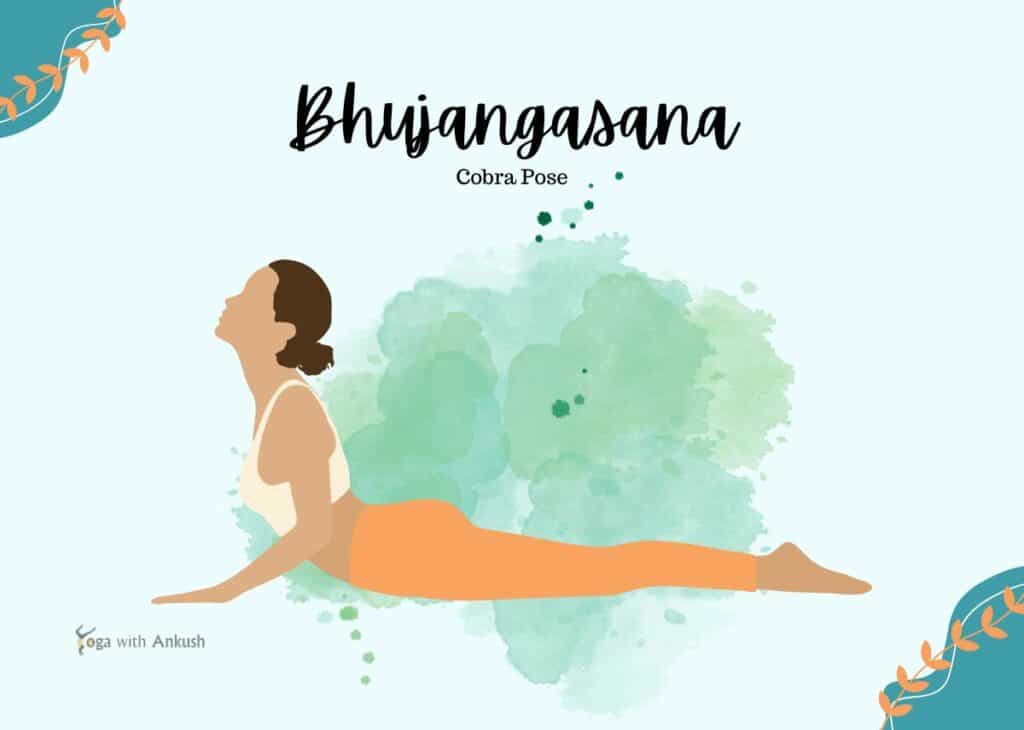
The Cobra Pose is a gentle backbend that strengthens the spine and opens the chest. Practice it as follows:
- Lie on your stomach with your legs extended and the tops of your feet pressing into the ground.
- Place your hands on the mat under your shoulders, fingers pointing forward.
- Inhale and press your palms into the mat, lifting your chest off the ground while keeping your lower body grounded.
- Draw your shoulder blades back and down, opening your chest and lengthening your spine.
- Hold the pose for a few breaths and then slowly release back to the starting position.
3.2 Upward Facing Dog Pose (Urdhva Mukha Svanasana)
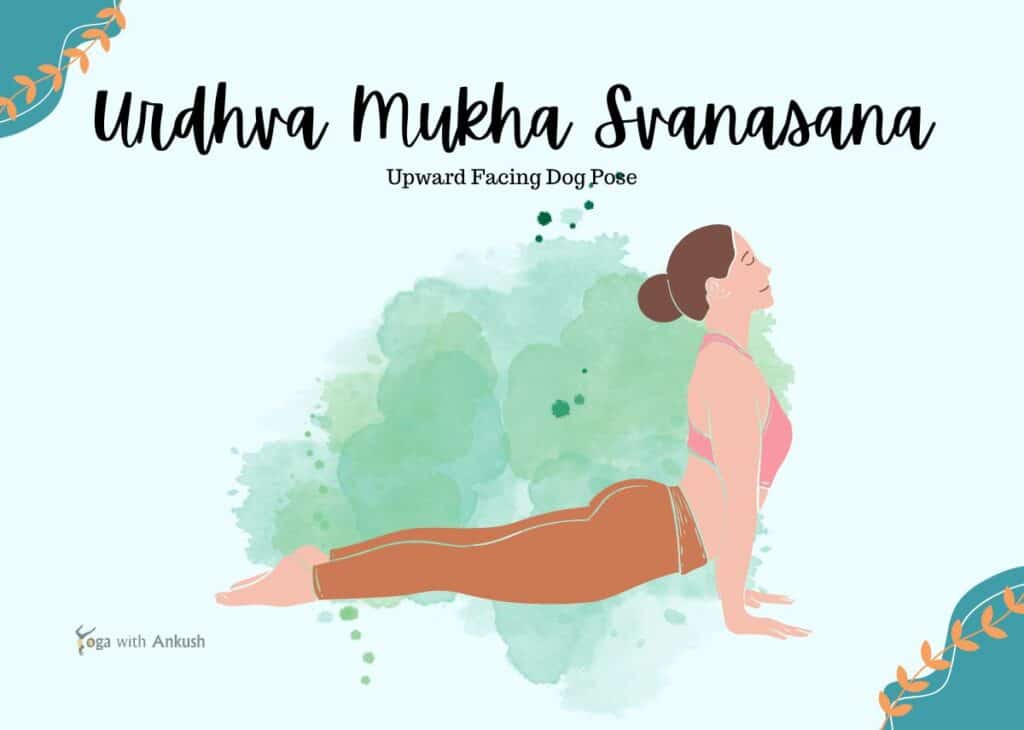
The Upward Facing Dog Pose is an invigorating backbend that strengthens the arms, shoulders, and core. Follow these steps:
- Start by lying face down on the mat with your legs extended and the tops of your feet pressing into the ground.
- Place your palms on the mat beside your ribcage, fingers pointing forward.
- Inhale and press into your palms, straightening your arms as you lift your chest and upper body off the mat.
- Keep your legs active and engaged, with the tops of your feet pressing firmly into the ground.
- Draw your shoulder blades back and down, opening your chest and looking forward.
- Hold the pose for a few breaths, exhale, and release back to the starting position.
3.3 Bridge Pose (Setu Bandhasana)
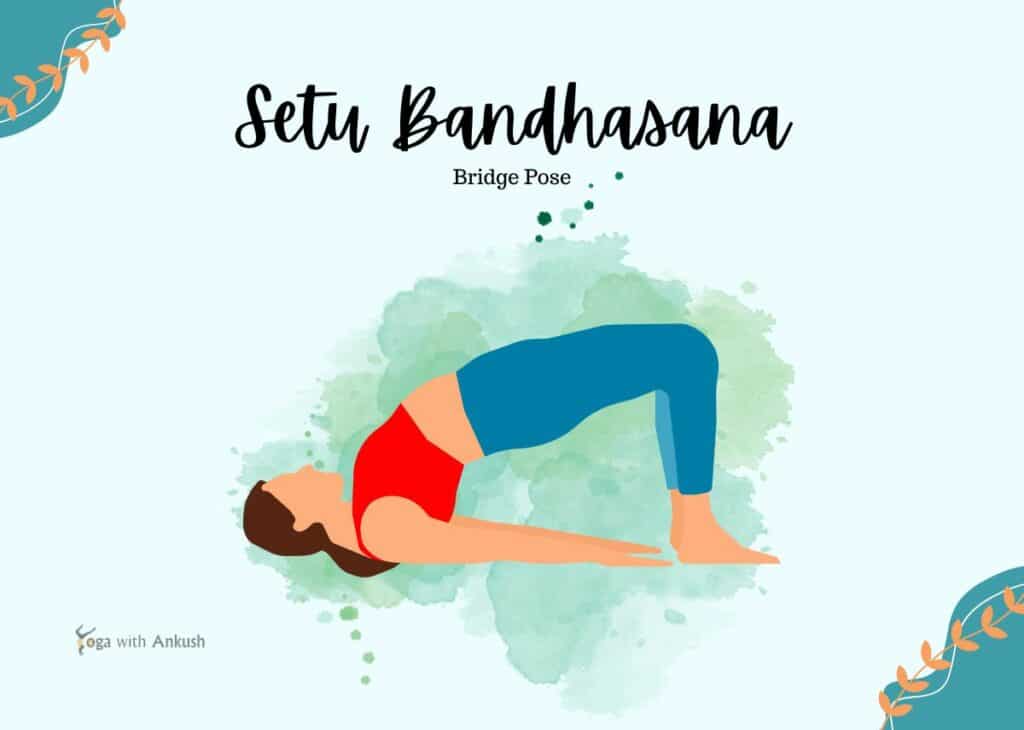
The Bridge Pose stretches the chest, neck, and spine while energizing the body. Practice it as follows:
- Lie on your back with your knees bent and feet flat on the mat, hip-width apart.
- Place your arms alongside your body, palms facing down.
- Press your feet and palms into the mat, engaging your glutes and lifting your hips off the ground.
- Roll your shoulders underneath you, interlacing your fingers and pressing your arms into the mat.
- Lift your chest towards your chin, keeping your neck long and relaxed.
- Hold the pose for a few breaths and then slowly release by lowering your spine back onto the mat.
4. Forward Bends
4.1 Standing Forward Bend (Uttanasana)
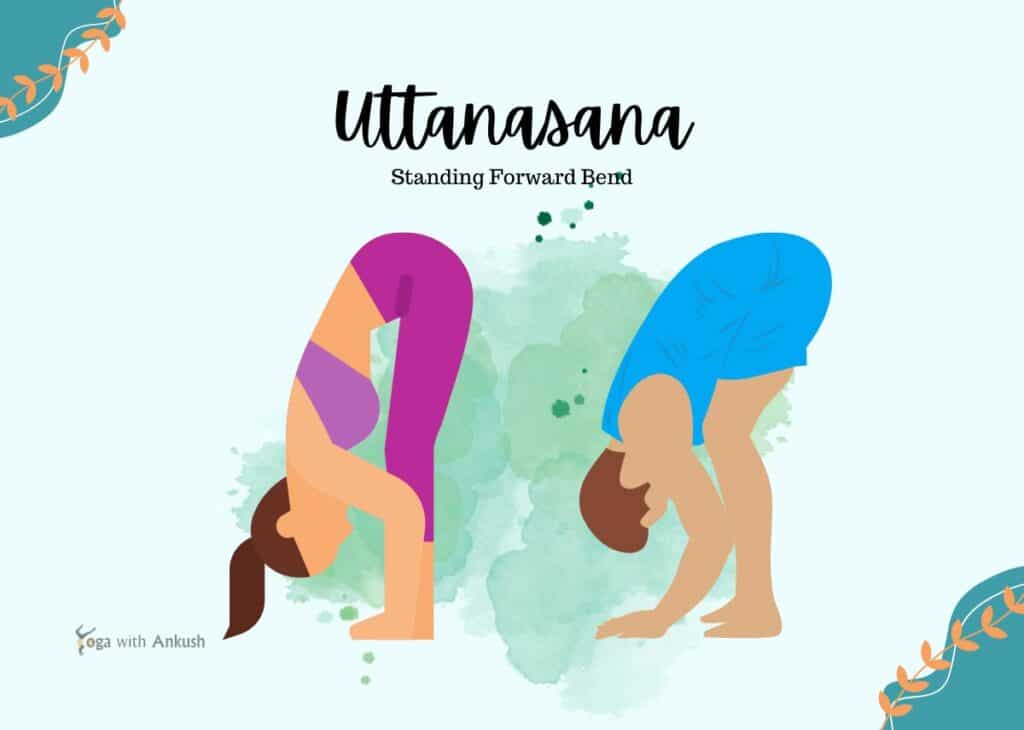
The Standing Forward Bend is a calming pose that releases tension in the hamstrings and promotes relaxation. Here’s how to do it:
- Stand tall with your feet hip-width apart.
- Exhale and fold forward from your hips, reaching towards the ground.
- Allow your knees to bend slightly if needed to maintain a comfortable stretch in the hamstrings.
- Let your head and neck relax, and if possible, bring your hands to the floor or hold onto opposite elbows.
- Breathe deeply and hold the pose for several breaths before slowly coming up to standing.
4.2 Seated Forward Bend (Paschimottanasana)
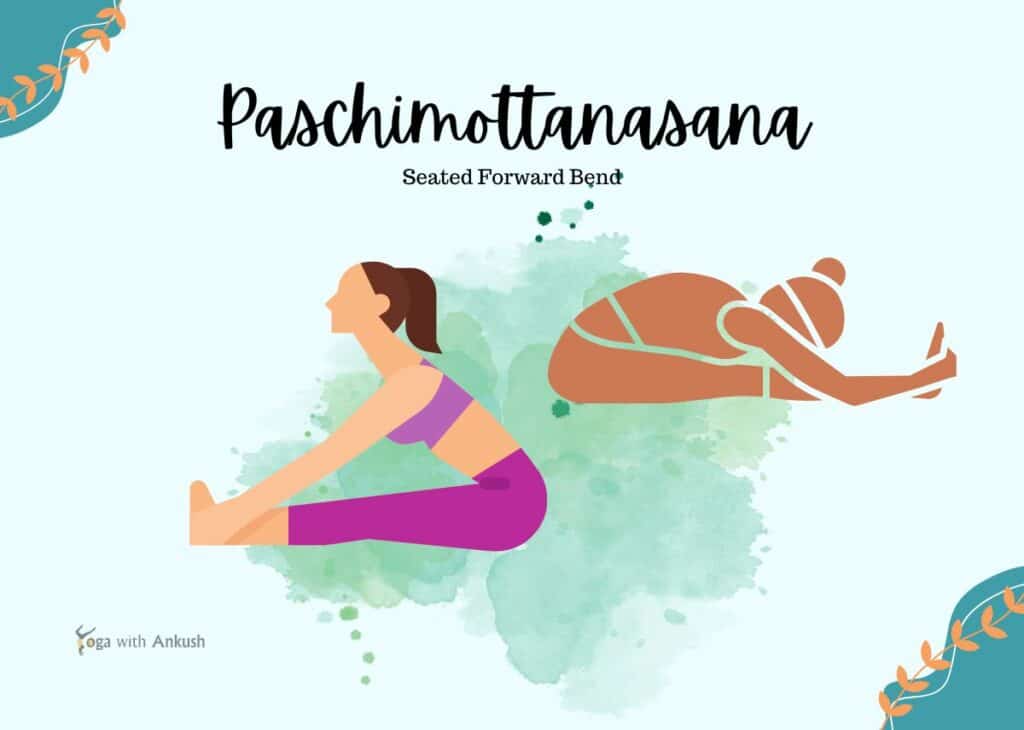
The Seated Forward Bend provides a deep stretch to the entire back of the body, including the spine and hamstrings. Practice it as follows:
- Sit on the mat with your legs extended in front of you.
- Inhale and raise your arms overhead.
- Exhale and hinge forward from your hips, reaching towards your feet.
- Hold onto your shins, ankles, or feet, whichever is accessible for you.
- Lengthen your spine with each inhale, and with each exhale, deepen the forward fold.
- Relax your neck and shoulders, and hold the pose for several breaths before slowly releasing.
4.3 Child’s Pose (Balasana)
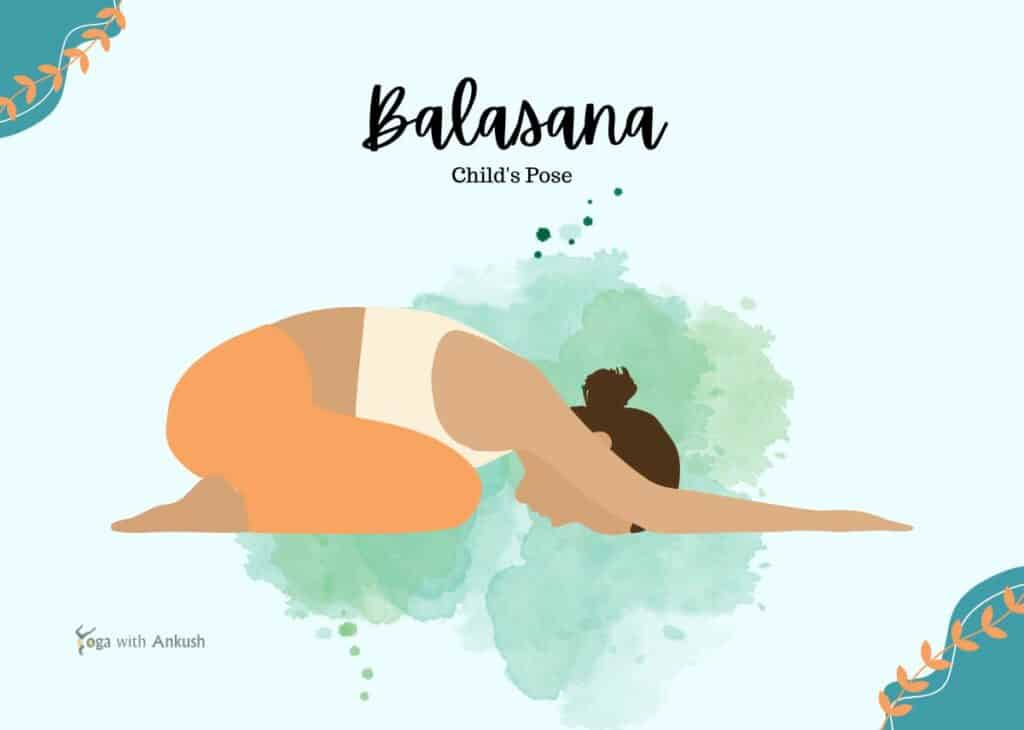
Child’s Pose is a restful pose that promotes relaxation and stretches the back and hips. Follow these steps:
- Kneel on the mat with your knees hip-width apart.
- Lower your hips onto your heels and fold your torso forward, resting it between your thighs.
- Extend your arms in front of you or alongside your body, whichever is more comfortable.
- Rest your forehead on the mat and surrender to the pose, focusing on deep, slow breaths.
- Stay in this pose for as long as you like, allowing your body and mind to unwind.
5. Balancing Poses
5.1 Half Moon Pose (Ardha Chandrasana)
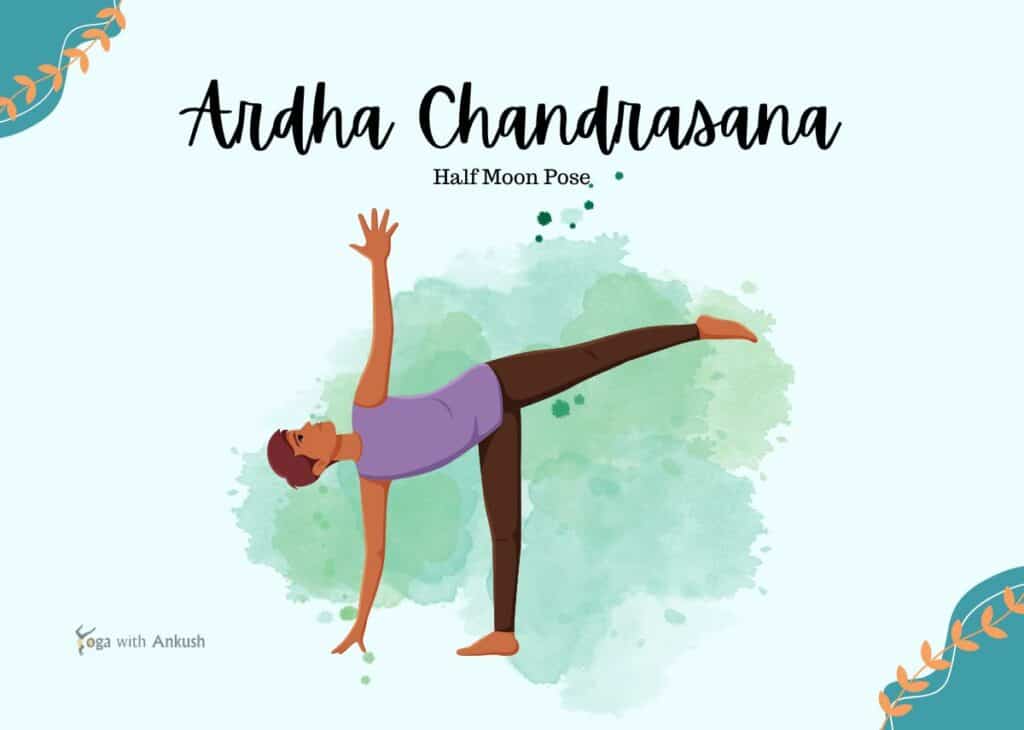
The Half Moon Pose improves balance and strengthens the legs, core, and ankles. Practice it as follows:
- Start in a standing position with your feet together.
- Step your left foot back, keeping it about hip-width apart from your right foot.
- Extend your arms out to the sides at shoulder height.
- Shift your weight onto your right foot and engage your core.
- Slowly lean your upper body to the right while lifting your left leg off the ground.
- Flex your left foot and reach your left arm towards the sky, creating a straight line from fingertips to toes.
- Find your balance and hold the pose for several breaths.
- Repeat on the other side.
5.2 Eagle Pose (Garudasana)
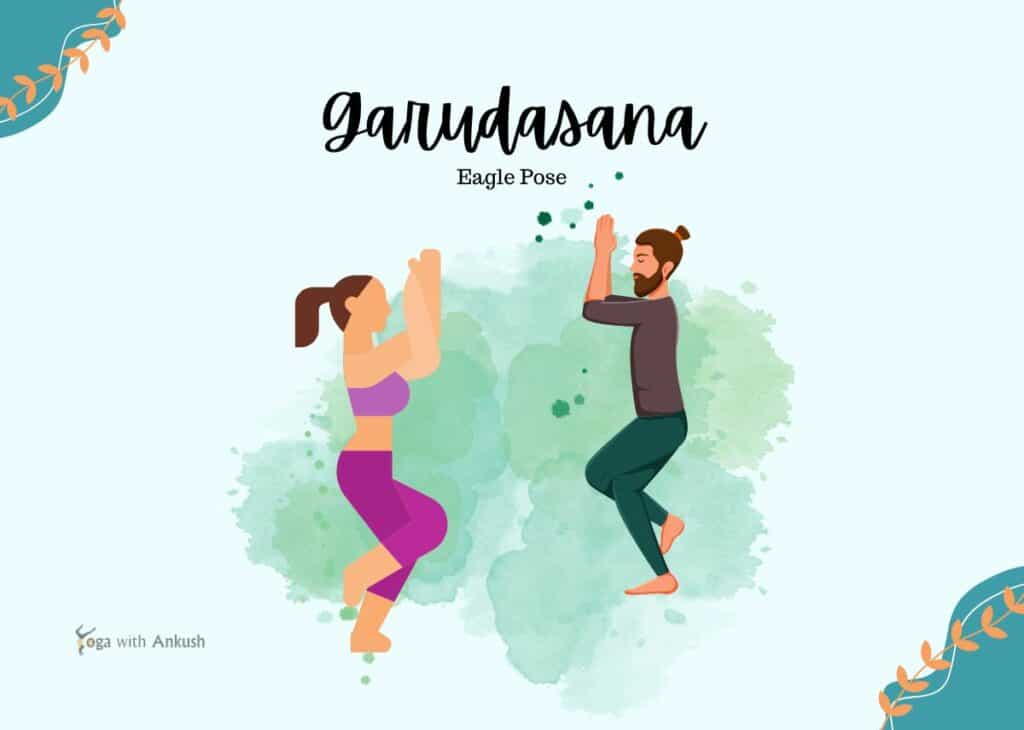
Eagle Pose is a balancing posture that strengthens the legs and opens the shoulders. Here’s how to do it:
- Start in a standing position with your feet hip-width apart.
- Bend your knees slightly and lift your left foot, crossing it over your right thigh.
- Balance on your right foot and wrap your left leg around your right calf.
- Extend your arms forward and cross your right arm over your left arm, bringing your palms to touch.
- Keep your gaze focused and find your balance.
- Hold the pose for several breaths and then unwind your arms and legs.
- Repeat on the other side.
5.3 Dancer’s Pose (Natarajasana)
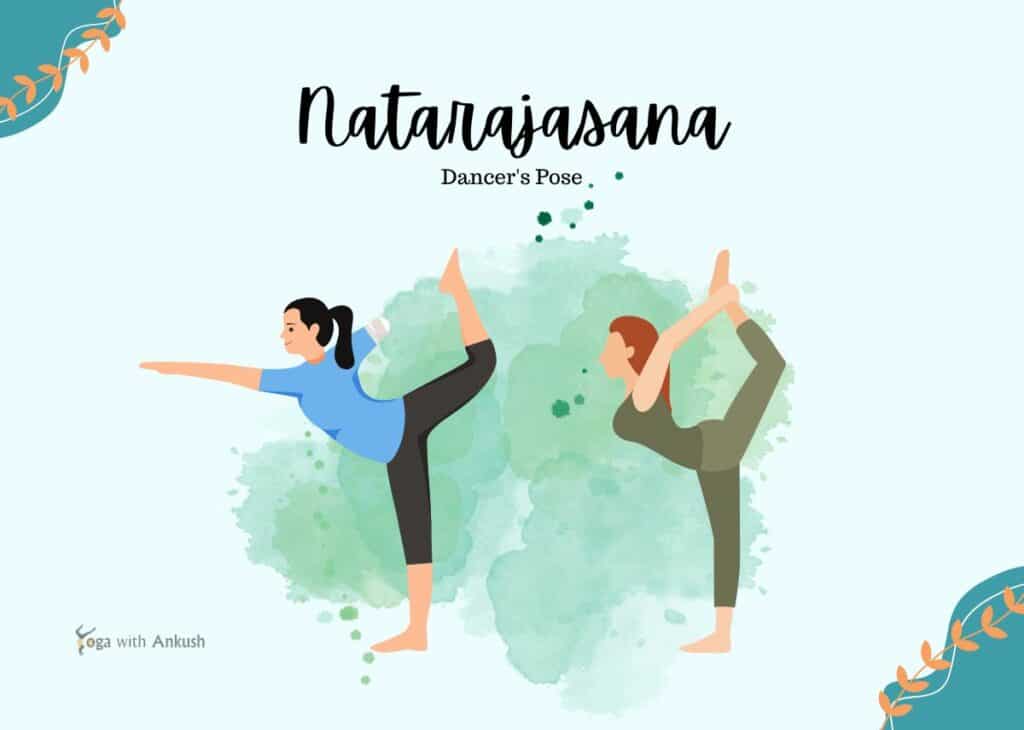
Dancer’s Pose is an elegant balancing posture that opens the chest and stretches the shoulders and thighs. Practice it as follows:
- Stand tall with your feet together.
- Shift your weight onto your right foot and lift your left foot towards your glutes.
- Reach your left hand back and hold onto the inside of your left foot or ankle.
- Extend your right arm forward, finding your balance.
- Slowly start to hinge forward from your hips, lifting your left leg behind you.
- Keep your chest lifted and your gaze forward.
- Hold the pose for several breaths and then gently release.
- Repeat on the other side.
6. Inversions
6.1 Headstand Pose (Sirsasana)
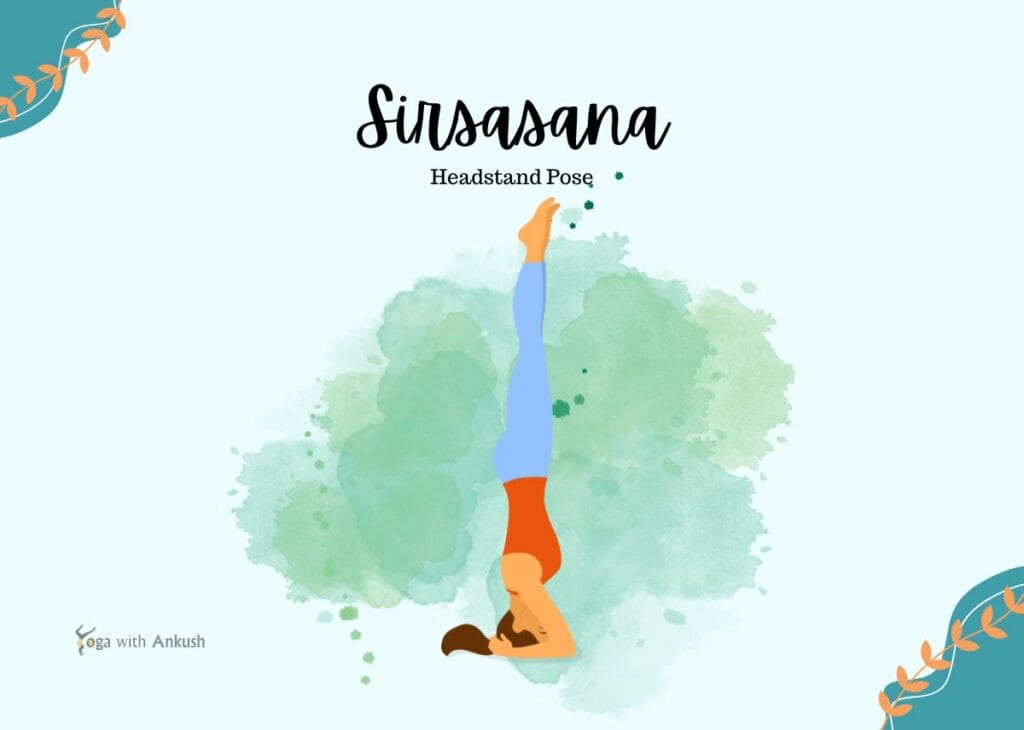
Headstand Pose is an advanced inversion that strengthens the core, shoulders, and arms. Follow these steps:
- Begin by kneeling on the mat and interlacing your fingers, creating a stable base with your forearms.
- Place the top of your head on the mat, cradling it with your hands.
- Lift your hips and walk your feet towards your head, keeping your knees bent.
- Slowly straighten your legs and engage your core as you lift your feet off the ground.
- Find your balance, keeping your gaze focused on a point between your hands.
- Hold the pose for a few breaths and then gently lower your feet back down to the mat.
6.2 Shoulder Stand Pose (Sarvangasana)
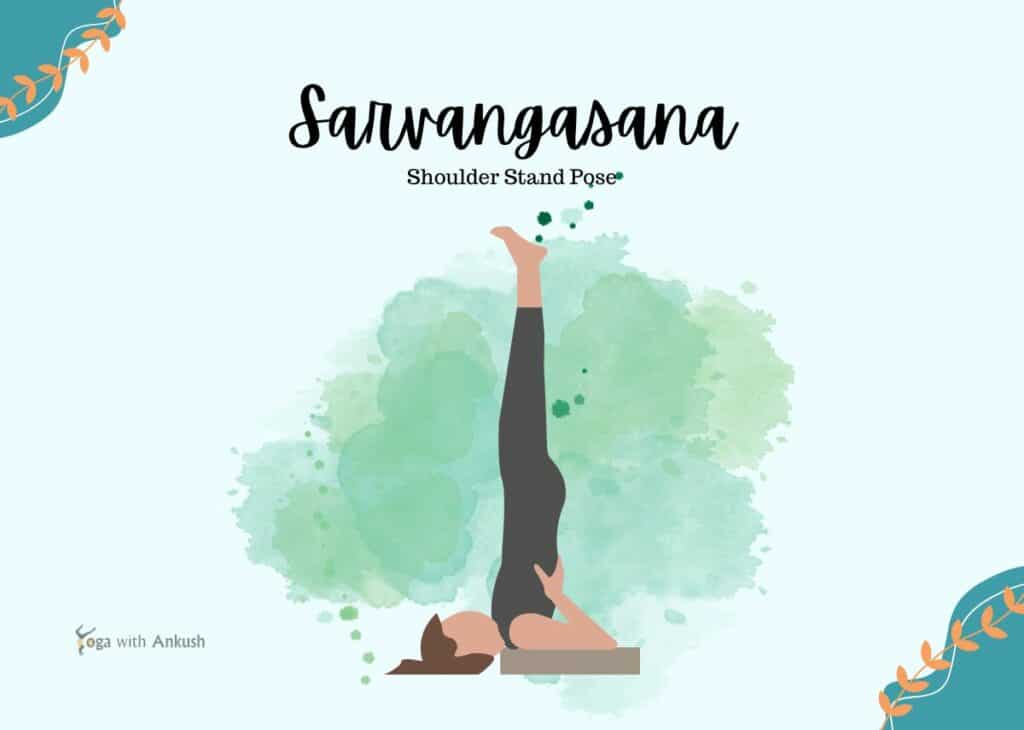
Shoulder Stand Pose is an invigorating inversion that stimulates the thyroid gland and improves circulation. Here’s how to do it:
- Lie on your back with your arms alongside your body, palms facing down.
- Lift your legs off the ground, bringing your knees towards your chest.
- Place your hands on your lower back for support and extend your legs upward, keeping them together.
- Press your hands into your lower back and lift your hips off the mat, coming into a shoulder stand.
- Support your back with your hands and elbows, keeping your torso perpendicular to the ground.
- Engage your core and legs, pointing your toes towards the sky.
- Hold the pose for several breaths and then gently lower your legs back down to the mat.
6.3 Plow Pose (Halasana)
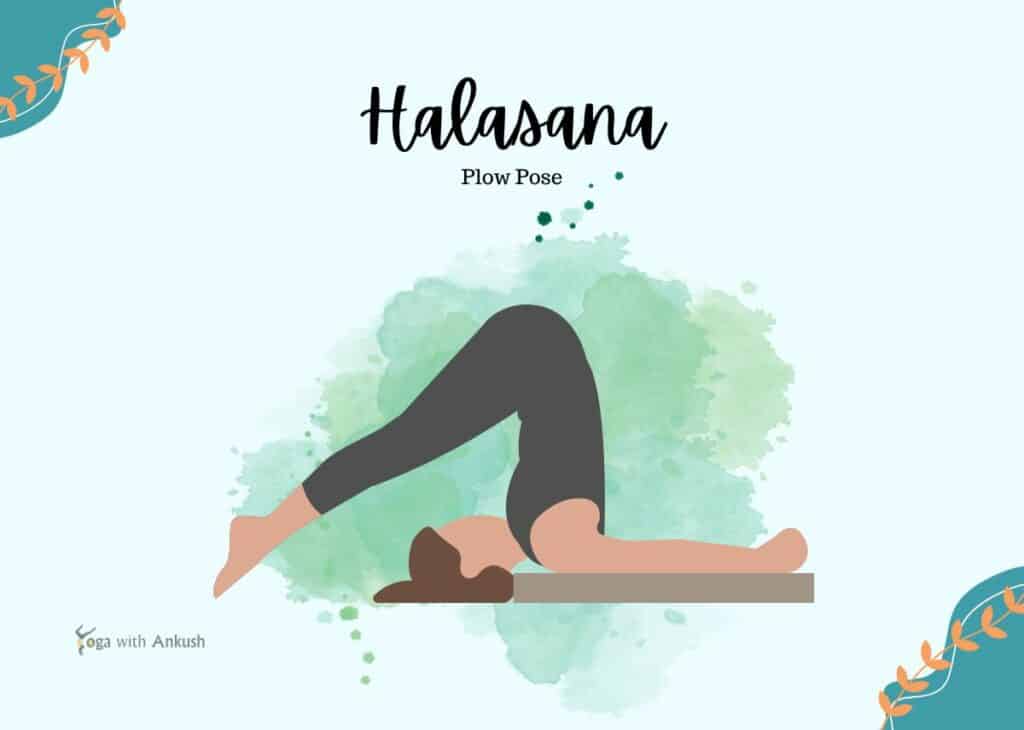
Plow Pose is a calming inversion that stretches the spine and promotes relaxation. Practice it as follows:
- Lie on your back with your legs extended and your arms alongside your body, palms facing down.
- Inhale and lift your legs off the ground, bringing them overhead.
- Place your hands on your lower back for support and extend your legs towards the ground behind you.
- Allow your toes to touch the ground, keeping your legs straight and engaged.
- Keep your neck long and relaxed, avoiding any strain or compression.
- Breathe deeply and hold the pose for several breaths before slowly releasing.
Conclusion
Incorporating yoga poses into your daily routine can have a transformative effect on your physical and mental well-being. Whether you’re a beginner or an experienced practitioner, the wide variety of yoga poses offers something for everyone. By exploring and practicing these postures with dedication and mindfulness, you can cultivate strength, flexibility, balance, and inner peace.
Remember, consistency is key. Start with poses that suit your level of experience and gradually progress to more advanced ones. Listen to your body, breathe deeply, and enjoy the journey of self-discovery through yoga.
Also Read:
